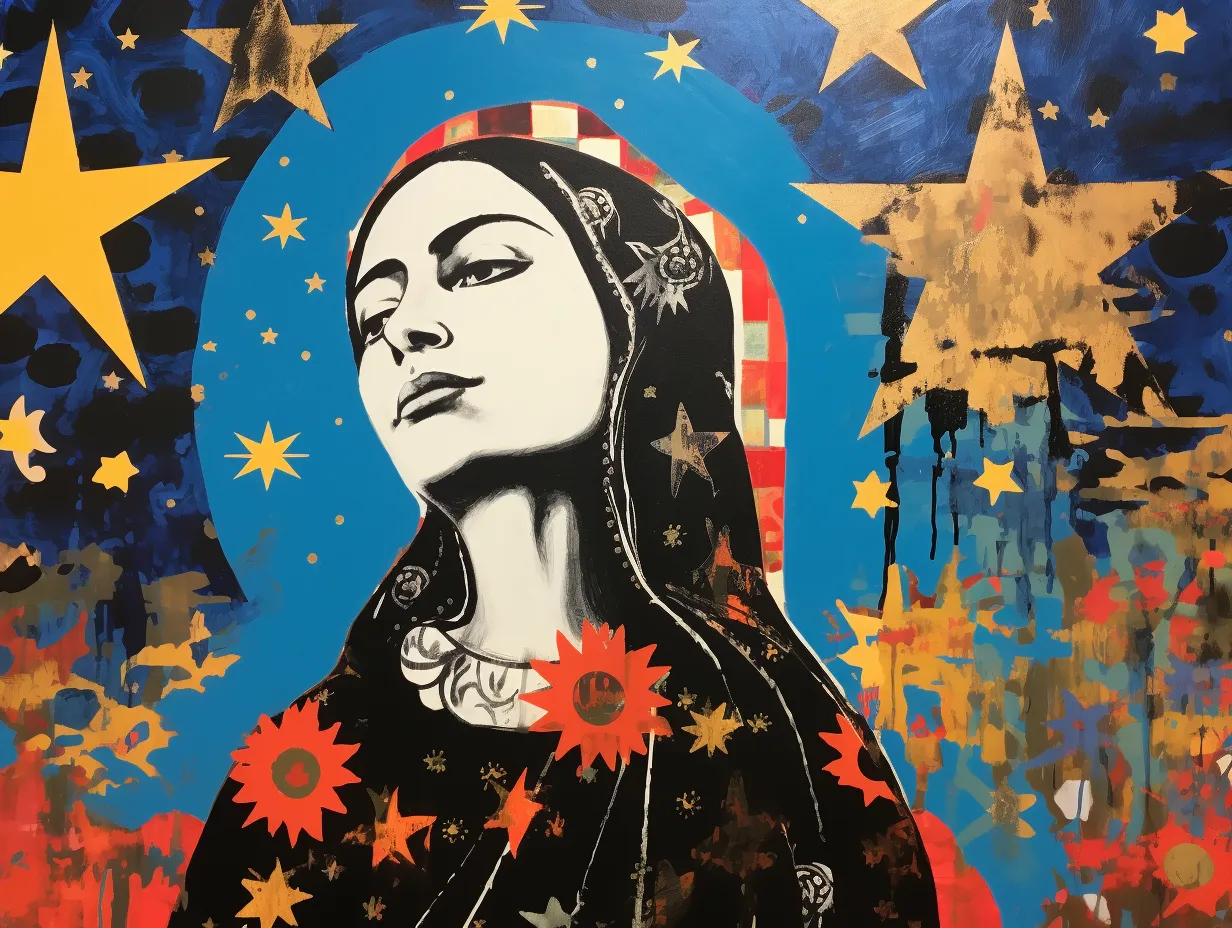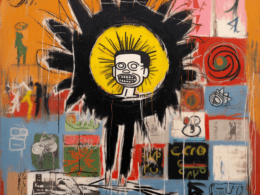
Part II – “The Nag Hammadi Library and the Gospel of Mary Magdalene”
In Gnostic theology, Jesus was often regarded as a bringer of gnosis, or spiritual enlightenment, rather than solely as a savior from sin. Gnostics would view Christmas as a celebration of the arrival of divine wisdom and enlightenment into the world rather than just a remembrance of Jesus’ birth. The material trappings of the holiday would be seen as less significant compared to the spiritual renewal it symbolizes.

Unlike mainstream Christianity, which emphasized faith in Jesus’s death and resurrection as the path to salvation, Gnostic Christians believed in achieving spiritual enlightenment through an inner knowledge of the divine. This gnosis was considered a deeper, more mystical understanding of God, the cosmos, and humanity’s place within it.

The complex cosmology and theology of Gnostic Christianity varied among different Gnostic sects. A collection of ancient manuscripts discovered in 1945 near the town of Nag Hammadi in Upper Egypt ranks among the most significant archaeological findings of the 20th century concerning early Christian and Gnostic texts. The manuscripts, found buried in a large jar and dating back to the 4th century, cover various themes such as cosmology, theology, mythology, ethics, and spirituality. Texts found in the Nag Hammadi library, such as the Gospel of Thomas and the Gospel of Mary, reveal various beliefs and interpretations within Gnostic thought. These texts often feature alternative narratives, emphasizing mystical experiences and the pursuit of hidden knowledge.

For example, the Gospel of Mary, attributed to Mary Magdalene, offers a different perspective on Christ’s teachings. For instance, the Gospel redefines the concept of sin not as inherent evil but as a deviation from one’s true nature, driven by attachment to material things and bad habits. Gnostic Christianity emerged as a distinct strand within the early Christian movement, drawing on a blend of Jewish, Greek, and Ethiopian religious philosophies. Its emphasis on mystical knowledge and a dualistic view of the world set it apart from mainstream Christian thought. The struggle between Gnostic and orthodox Christianities in the early centuries played a crucial role in developing Christian doctrine and the definition of heresy.

The Gospel of Mary presents a rich and intricate portrayal of the soul’s journey, emphasizing themes of impermanence, inner understanding, and the transcendence of material and spiritual obstacles. Central to Gnostic belief was the idea that the material world was inherently flawed. They saw the human spirit as a divine spark trapped within the material world, and salvation was achieved through awakening and liberating this spirit from its physical confines. Mary’s role as a teacher and guide is central to this narrative, showcasing her deep spiritual insights and pivotal role in the early Christian community.

In the surviving fragments of the Gospel of Mary, one pivotal element centers around a profound conversation between Mary Magdalene and Jesus concerning the journey of the soul. Mary’s vivid narration paints a detailed picture of the soul’s trajectory, symbolizing its ascent beyond earthly confines toward spiritual liberation. The soul’s ascent is illustrated through encounters with various Authorities representing obstacles like Craving, Ignorance, and Wrath. In its dialogue with these forces, the soul demonstrates an understanding of impermanence and liberation from earthly and spiritual constraints. These obstacles symbolize the various entanglements and distractions that hinder one’s spiritual evolution, an allegory depicting the soul’s struggle against adverse influences that thwart its ascent towards higher consciousness.

After the Orthodox Church deemed specific Gnostic texts and teachings heretical, Gnosticism faced a tumultuous period that significantly altered its course. One of the most immediate impacts of this condemnation was the aggressive suppression of Gnostic teachings. In its effort to establish uniform doctrines and consolidate its authority, the Orthodox Church actively worked to eliminate what it saw as heretical beliefs. This often led to the destruction of Gnostic texts and the persecution of those who followed these teachings.

With the growing influence and structure of the Orthodox Church, Gnostic groups found themselves increasingly marginalized within the Christian community. This marginalization, coupled with the lack of a centralized organizational structure in Gnostic communities compared to the Orthodox Church, contributed to the gradual fading of Gnosticism as a significant religious movement. Over time, it became less visible and influential in the broader Christian context, and much of the Gnostic literature was lost to history.

For Gnostic Christians, Christmas would have been an occasion deeply imbued with symbolic meaning, focusing on the spiritual and mystical dimensions of Christ’s birth. It would be less about the traditional narratives and more about the more profound, symbolic meanings behind the story of Jesus’ birth, reflecting their quest for inner enlightenment and spiritual understanding. As we embrace this festive season, I invite you to ponder these alternative interpretations and the rich tapestry of beliefs that have shaped our spiritual history. Whether you find resonance in the traditional tales or the Gnostic perspectives, let this time be one of deep reflection, growth, and connection to the greater truths of our existence.














